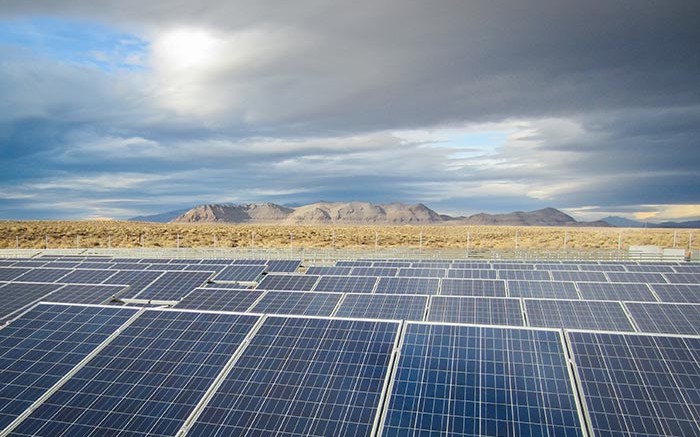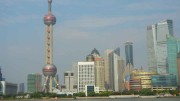The following is an edited executive summary from Glistening Particles of Industrial Silver, a report prepared for the Silver Institute by CRU Consulting. To view the full report, visit www.silverinstitute.org.
From watch batteries to massive solar energy systems, the special properties of silver are often indispensable in industrial applications, including silver-coated bearings, catalysts, medical care and many products in our daily lives. Along with technological improvements, more and more silver applications have been invented, and more importantly, commercialized — such as nanosilver, solar cells and printed inks. This report also looks at demand for silver in the following industries: batteries, ethylene oxide (EO), bearings, automotives, brazing alloys and solders, and antibacterial uses.
Silver-containing batteries have long been an established industrial silver application. Thanks to new technologies, these batteries have expanded from their traditional use in military and aerospace applications to everyday use — especially in developed countries, but increasingly within developing countries. CRU Consulting expects silver consumption in batteries will reach 36 million oz. in 2018, up 13% from 2013.
In the EO industry, silver catalysts help combine ethylene and oxygen into EO, which is used in products ranging from antifreeze to cosmetics. As global EO capacity increases, silver demand for EO applications will grow to 63 million oz. by 2018, which is 21% more than the 2013 level.
Considering silver applications in our daily lives, we cannot overlook the critical development of nanotechnology, from silver-coated medical equipment, food-contact materials and textiles to potentially many more novel applications as the technology develops. Nanosilver uses a miniscule amount of silver per application, and the potential volume should not be overestimated. It is still a minor component of overall silver volumes, comprising 8 million to 10 million oz. silver in a market that has over 1 billion oz. per year of supply and equal demand. The nanosilver market has expanded from North America and Europe to many developing economies, such as China and other Asian Pacific countries and supports an expanding market in the long-run. This supports a bullish outlook for silver demand in this application, reaching 12 million oz. by 2018 compared to 9 million oz. in 2013.
In bearings, silver-bearing liners have long provided safety and longevity to jet engines and heavy-duty equipment. Supported by a resurgent construction industry, demand for silver-coated bearings is expected to grow in parallel with these markets in the short- to medium-term. CRU estimates this sector will consume between 2 million and 3 million oz. silver per year by 2018.
We also highlight some other industrial applications with high growth potential, including photovoltaics (PVs), automotives, brazing alloys and solders, and printed inks. We examine how increasing PV capacity worldwide will support silver consumption in the coming years despite decreasing unit consumption. CRU expects silver consumption in the PV industry will rise 19% to 109 million oz. by 2018.
Another promising market for silver demand is automotives. Accelerating automotive production in China and India is boosting the demand for silver-coated contacts in these countries, driving silver consumption in this sector at a 4.6% growth rate to reach 71 million oz. in 2018. The growth rate is slightly slower than 4.9% from 2008 to 2013, as the Chinese economy is expected to slow down.
In the brazing alloys and solders sector, silver demand is driven by industrial activity and could benefit most from the gradual housing and infrastructure recovery, both in developed regions and developing economies.
Printed silver inks are a relatively new technology. Radio frequency identification devices have already been accepted by the market, but other applications, such as printed electric circuits, are still at a trial stage.
CRU is generally optimistic about silver demand for industrial applications. Although silver consumption in industrial sectors has slowed down over the past two years, it is expected to rally from 2014 on the back of a recovering global economy. Moreover, along with technology innovation, new silver applications will emerge.
CRU forecasts that the total silver consumption in these industrial sectors will increase at a rate of 4.5%, to reach 386 million oz. by 2018.




Be the first to comment on "New technologies push industrial silver consumption"